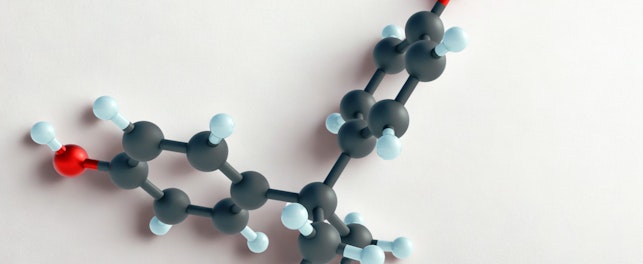SG 32/24
The EU has initiated a consultation on the use of BPA and other bisphenols in food contact materials and articles. Comments are being accepted until March 8, 2024.
Bisphenol A (BPA) is an industrial chemical used in the manufacture of food contact materials (FCM) and articles, including adhesives, ion-exchange resins, printing inks, rubber, epoxy resins in varnishes and coatings applied to metal packaging such as cans, tins and jar lids, as well as polycarbonate and polysulfone plastics for storage and processing equipment.
Since its publication, Regulation (EU) No. 10/2011 on food contact plastics (consolidated version to August 2023) has been revised on several occasions. These amendments were:
- Regulation (EU) No. 321/2011 on the prohibition of BPA in polycarbonate (PC) infant feeding bottles
- Regulation (EU) 2018/213 by expanding the scope of the BPA ban to PC drinking cups and bottles for infants and young children and revising the specific migration limit for BPA to 0.05 mg/kg. This piece of legislation also regulates BPA in food contact varnishes and coatings
On February 9, 2024, the European Commission announced a four-week consultation on its draft regulation to strengthen the prohibition/restriction of BPA in FCM and articles (the draft Regulation). This piece of draft legislation also regulates the use of other bisphenols and bisphenol derivatives with derogations and transitional periods for businesses.
Highlights of the draft Regulation are summarized in Table 1.
| Article to Draft Regulation | Highlights |
|---|---|
| Article 3 ‘Prohibition of the use of BPA’ |
|
| Article 4 ‘Specific requirements on the use of other bisphenols and bisphenol derivatives’ |
|
| Article 5 ‘Monitoring and reporting results’ |
|
| Article 6 ‘Methodologies for verification of compliance’ |
|
| Article 7 ‘Written declaration of compliance and supporting documentation’ |
|
| Article 8 ‘Amendment to Regulation (EC) 1895/2005’ |
|
| Article 9 ‘Amendment to Regulation (EU) 10/2011 |
|
| Article 10 ‘Transitional provisions’ |
|
| Article 11 ‘Repeal’ |
|
| 1 Contains derogations | |
Table 1
If approved, the new law will be implemented in phases from the twentieth day following its publication in the Official Journal of the European Union (OJEU).
SGS technical experts have extensive knowledge and testing experience in materials and articles in contact with food. They work to ensure that your products meet the appropriate regulations for food contact materials, paving the way for compliance. From overall migration tests to expert advice on emerging regulations, compliance issues and documentation review, SGS is the partner to trust. Discover more on our website. In the end, it’s only trusted because it’s tested.
© SGS Société Générale de Surveillance SA. This publication or website is a property of SGS Société Générale de Surveillance SA. All contents including website designs, text, and graphics contained herein are owned by or licensed to SGS Société Générale de Surveillance SA. The information provided is for technical and general information purposes only and offers no legal advice. The information is no substitute for professional legal advice to ensure compliance with the applicable laws and regulations. All information is provided in good faith “as is”, and SGS Société Générale de Surveillance SA makes no representation or warranty of any kind, express or implied, and does not warrant that the information will be error-free or meet any particular criteria of performance or quality.





